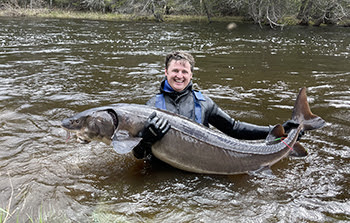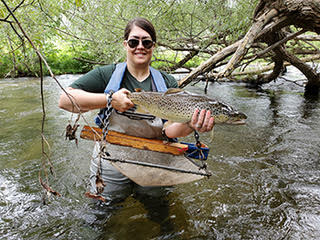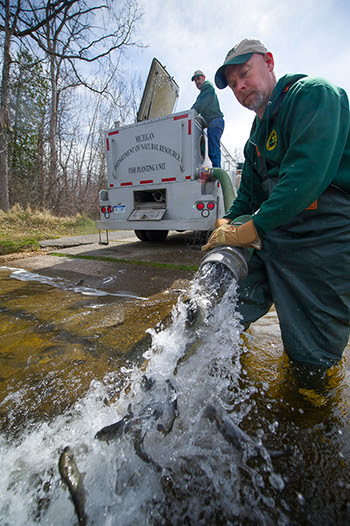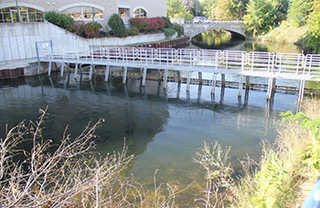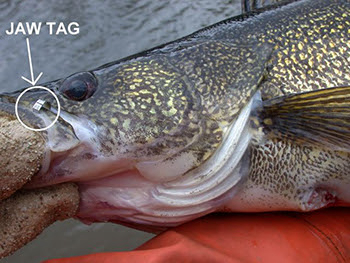By Glen Wunderlich
Charter Member Professional Outdoor Media Association (POMA)
Through the tough times of the pandemic, Americans have begun to reacquaint themselves with a sense of self-reliance some may never have known heretofore. We’ve seen firsthand the empty store shelves and how common necessities have been hoarded without a clue as to their return to the marketplace. We are learning to grow our own food, catch our own fish, and to hunt for meat.
This wave of self-sufficiency extends to home protection and self-defense, as well. One only needs to look to the demonization of law enforcement and the resulting chaos inflicted upon law-abiding citizens, as we watched nightly scenes of our cities burning to understand the rationale for alternatives to self-preservation. Plus, the anti-gun sentiment and the continuous desire to restrict Second Amendment rights by officials, who’ve sworn to protect those rights is more than hypocritical; they’re threats to freedom and Americans have taken notice.
Since year 2008, the firearms industry has been booming and continues to be a bright spot in our otherwise struggling economy, as evidenced by 5.4 million new gun owners in the country this past year! Again, that’s new gun owners. Regardless of economic conditions across the country, the industry has grown and created over 375,000 new, well-paying jobs since the middle of the Great Recession in 2008. These are good jobs paying an average of $56,900 in wages and benefits.
In the United States, the industry and its employees pay over $7.86 billion in taxes including property, income, and sales-based levies. A report by the National Shooting Sports Foundation (NSSF) also notes the significant impact the firearm and ammunition industry has on wildlife conservation funding in America through its growing Pittman-Robertson excise tax contributions to the Wildlife Restoration Trust Fund which exceeded $1.1 billion in 2021. Along with hunting and fishing license sales, it is these funds that support sound wildlife management.
Particular to Michigan’s economic contribution of arms and ammunition for the year 2021 are the following examples. Direct jobs: 5155; Resulting Wages: $210,684,600; Direct Output: $643,807,600. Although Michigan is not one of the top 10 states in these figures, it rates as the 10th leading state in related growth and economic development and for related jobs it is 9th in the country.
According to the NSSF, not only does the manufacture and sale of firearms and hunting supplies create good jobs in the United States, but the industry also contributes to the economy as a whole. In fact, in 2021 the firearm and ammunition industry was responsible for as much as $70.52 billion in total economic activity in the country.
The broader economic impact flows throughout the economy, generating business for firms seemingly unrelated to firearms. Americans working in industries as varied as banking, retail, accounting, metal working, and even printing, all depend on the firearm and ammunition industry for their livelihood.
Our freedom, self-reliance and enjoyment of the outdoors all benefit from the industry that our misguided leaders love to hate.
